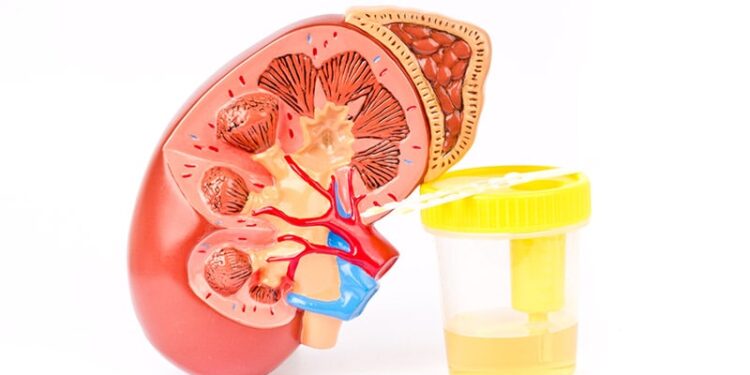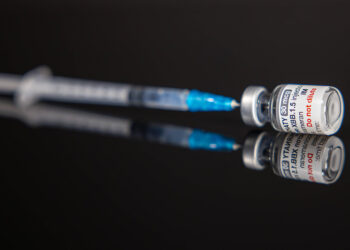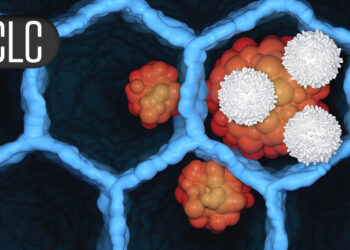TOPLINE:
The administration of up to 14 mg oral semaglutide for about a year led to a reduction in the urinary albumin-to-creatinine ratio (UACR) by over 40%, without changing the rate of kidney function decline in patients with type 2 diabetes (T2D).
METHODOLOGY:
- Researchers in Spain conducted a retrospective cohort study to evaluate the real-world effectiveness of oral semaglutide on kidney outcomes in patients with T2D.
- They included 819 patients (median age, 63 years; 45.8% women) with T2D who initiated oral semaglutide (up to a dose of 14 mg/d) between 2021 and 2022, had undergone kidney function tests within 3 months before starting oral semaglutide, and had at least one follow-up measurement at 3 months.
- In this cohort, the baseline median estimated glomerular filtration rate (eGFR) was 88.1 mL/min/1.73 m2, and the median UACR was 12 mg/g; 33.5% of patients had an UACR ≥ 30 mg/g, 47.2% had chronic kidney disease (CKD), and 57% were on background SGLT2 inhibitor treatment.
- Co-primary endpoints were changes from baseline in the UACR and eGFR slope at 6 and 12 months.
TAKEAWAY:
- At 12 months, oral semaglutide use led to a reduction in the UACR by 40.0% in the overall cohort and by 50.7% and 49.9% in those with an UACR of 30-299 mg/g and ≥ 300 mg/g, respectively (P < .001 for all).
- Across all albuminuria levels and CKD stages, the median eGFR remained stable, with median values of 88.1 and 87 mL/min/1.73 m2 at 6 and 12 months, respectively.
- Low risk for liver fibrosis (measured using the fibrosis-4 index) was associated with over fivefold higher odds of achieving a more than 30% reduction in the UACR (adjusted odds ratio, 5.50; P = .006).
- Fewer than 5% of patients had a major adverse kidney event by follow-up, and those who stopped semaglutide or had higher low-density lipoprotein cholesterol levels faced a higher risk.
IN PRACTICE:
“Our data strongly suggest the renal benefits of oral semaglutide in a broad population of PWT2D [people with T2D]. Given the global supply chain issues for subcutaneous GLP-1 RAs [receptor agonists], the results of this study may be helpful in supporting clinical decision making,” the authors wrote.
SOURCE:
This study was led by Oscar Moreno-Pérez, General University Hospital Dr Balmis of Alicante, Alicante, and Rebeca Reyes-Garcia, University Hospital of Torrecárdenas, Almería, both in Spain. It was published online on July 11, 2025, in Clinical Kidney Journal.
LIMITATIONS:
This study was limited by its retrospective observational design without a control group and by potential variability in UACR measurements. The lack of adherence data and a short follow-up period may have led to an underestimation of kidney events. Additionally, selection bias could not be ruled out despite adjustment for confounders.
DISCLOSURES:
This study received a grant from Novo Nordisk to subsidise publication costs. Some authors reported receiving honoraria and/or consulting fees from several pharmaceutical companies, including the funding agency.
This article was created using several editorial tools, including AI, as part of the process. Human editors reviewed this content before publication.
Source link : https://www.medscape.com/viewarticle/oral-semaglutide-offers-kidney-benefits-t2d-2025a1000inc?src=rss
Author :
Publish date : 2025-07-17 12:00:00
Copyright for syndicated content belongs to the linked Source.














